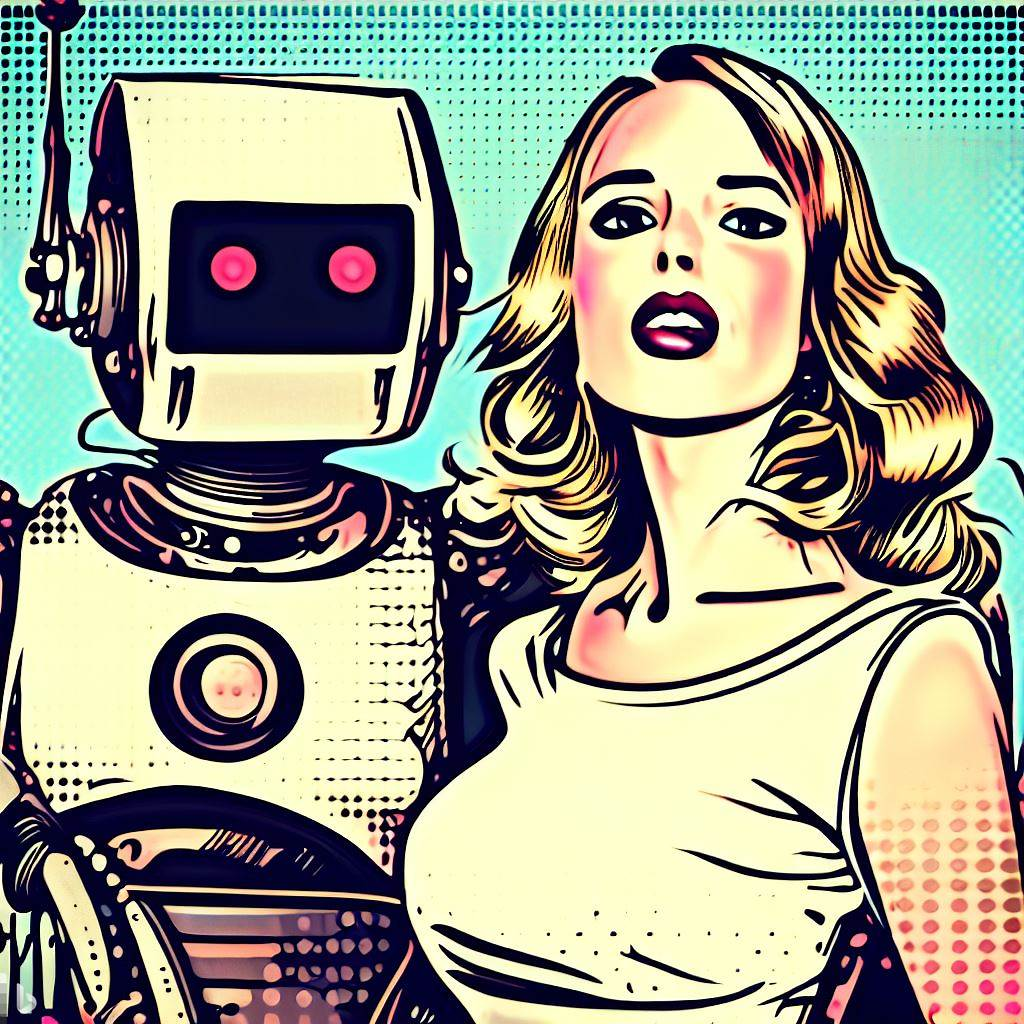Not sure about erasing all of it, but it is (or was) certainly possible to delete enough of it to brick a motherboard https://www.phoronix.com/news/UEFI-rm-root-directory
Pretty sure you can brick your system real quick using efivarfs
https://docs.kernel.org/filesystems/efivarfs.html
some systems dont let you write but some do.
Theres a similar system i was messing with to read and write the firmware code… reading through this may be informative.
efivars should let your change any bios/uefi settings if thats what youre looking for.
Modern versions of Linux don’t let you erase it so easily
thank you! I think this is what needed to explore
It is not my level to edit these things, I’m just Linux newbie exploring the possibilities.But I still can’t wrap my head over dd not being able to wipe a storage device out, despite being described as a “low level tool that can write zeroes to targets” in the discussion I viewed online.
The bios isn’t like a regular storage device presented to the kernel for mounting.
Dd can’t overwrite a burned cdr either. If the thing you wanna mess with is read only there’s no way to use it as a dd of.
but CD-R aren’t rewrite_able because of their physical property not because protected
that’s true, but in both cases the ability to write data simply isn’t there.
It resides on the MB itself in a separate chip, so no, although there are probably tools to make it possible.
what about this answer ? Is it outdated ? According to it, UEFI could be mounted like a flash drive I understand ?
They should still be possible. It’s not clearing the BIOS though, it is clearing variables loaded into the BIOS. The OS needs to be able to write to them. A good one limits what an OS can write or rebuilds them, a bad one bricks.
hmm, so this is not a constant thing among BIOSes and UEFIs
I’m just curious about what software was used to make this image.
I don’t know I got it from this post by the ByteByteGo Youtube Channel:
https://www.youtube.com/post/UgkxNpwmgzai2O_tUa-b5yeLzLjh_OHs4vDY
On the description for this video they state:Animation tools: Adobe Illustrator and After Effects.
Here is an alternative Piped link(s):
https://www.piped.video/post/UgkxNpwmgzai2O_tUa-b5yeLzLjh_OHs4vDY
Piped is a privacy-respecting open-source alternative frontend to YouTube.
I’m open-source; check me out at GitHub.
deleted by creator
Only if your device supports software flashing, likely not.
Usually not, but some devices can
It used to be
You can mount the efi partition, but I don’t think you can usually mount the uefi or bios. I’ve only ever edited vbios, and haven’t done so in quite some time, but I remember needing to clamp the vbios chip. Dunno if motherboards make their bios chips more accessible, but I kinda doubt it.
Some motherboard support starting bios/uefi updates from a booted OS, so there might be a vector to be found there.
No, you need efibootmgr to erase your UEFI.
no because bios is read only
Early true BIOSen were stored on EPROM, which couldn’t be rewritten while on the board, so those were read-only.
Later BIOSen were often on EEPROM or other chips that could be reflashed while on the board. According to Wikipedia, that started in the mid-1990s. However, you usually needed physical access and/or special software tools to do an overwrite—you couldn’t mount these as a filesystem.
UEFI is quite different from legacy BIOSen and can be mounted as a filesystem, but how much it can be tampered with varies between implementations and devices.
So you would have been correct up until about 30 years ago, but not for modern systems.
thanks for the explanation
that is what they teach us in computing lessons lol









